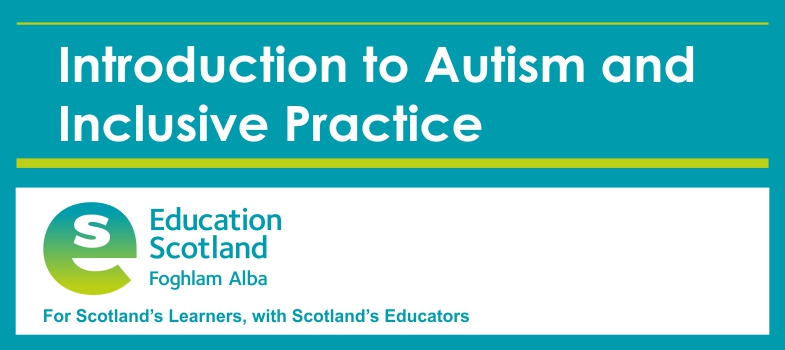3.6 Sensory differences
Sensations are the foundations for learning and actions. Differences in sensory processing can profoundly affect skills and abilities in daily life, play and learning. Autistic learners and children with neurodevelopmental differences may process and experience sensation differently in unique and sometimes complex ways. For example, they may be:
- Very sensitive and may avoid, be unable to ignore or become overwhelmed by sensations, sometimes to extremes where they ‘shut down’, show extreme anger, fear and/or attempt to escape (sometimes referred to as ‘fight, fright or flight, adrenaline-fuelled reactions’).
- Very sensitive to some things, but do not show this, or strongly seek other sensations to block out ‘unpleasant’ sensations, reduce anxiety and feel calmer.
- Under-sensitive and may not register or react to even very powerful sensations. Can seem quite passive and slow to respond to sensations.
- Under-sensitive and may seek intense input from one or many senses.
(Based on the work of Winnie Dunn)
Every person with intact sensory organs constantly receives registers and processes information from their senses. The five most recognised senses are:
- sight
- hearing
- taste
- smell
- touch.
However, it is helpful to think about at least three more senses:
- Body position or proprioception – a sense of where the parts of our body are in relation to each other and the surroundings. Our brains work this out using information from our muscles, joints, along with the sensation of touching things e.g. the ground.
- Movement or vestibular sense – lets us know if we are moving, and, if so, in what direction and how fast. Information for this mostly comes from balance organs deep inside our ears.
- Internal body sense or interoception – a wide range of information is sent to our brain about hunger and thirst, when we have eaten and drunk enough, any pain or illness, body temperature, if we need to sleep, use the toilet, etc. Our internal body sense also includes the changes in heart rate, breathing, alertness and feelings like ‘butterflies’ or a sinking feeling (often in our gut), which come with and signal strong emotions.
Examples of what we might see:
Children may cover their ears or eyes, retreat, or become intensely upset. This can happen when the classroom, lunch hall or playground gets busy, or ‘simply’ because they expect or think they detect a disliked sound, smell, taste, sight, or when an internal sensation becomes unbearable. They may feel the need to rock, flap, chew, jump, run, hide, be squeezed or hugged, make their own sounds, or focus on one thing to help themselves feel better. If they can, they may learn to supress these feelings, but suppression has costs and there will still be signs they are struggling such as avoiding being near others, difficulty seeing objects or text, staying on task, etc. It is worth noting that they will react differently and cope more or less well depending on prior events.
Children might seem 'tuned out' or 'dazed', slumping in their seat, or lying down. They may not notice obstacles, how much force they are using, if they are in a mess, hurt or hurting others. They may seek prolonged intense movement, including banging, chewing or hitting hard, spinning or swinging. They may have an irresistible fascination and urge to touch, smell, taste, chew, hear or see something. Some children may learn and try to do this more subtly – reading, watching videos or persisting in talking about the sensations they seek.
It is extremely important to understand that these 'behaviours' are not intended to upset, challenge or provoke others. Fundamentally, they are signals that a child is trying to keep calm and cope with internal and external sensations that may be extremely and overwhelmingly unpleasant.
Activity 9
- Watch this film where an occupational therapist talks about the impact of sensory differences on everyday life and school experience.
3.5 Environment
